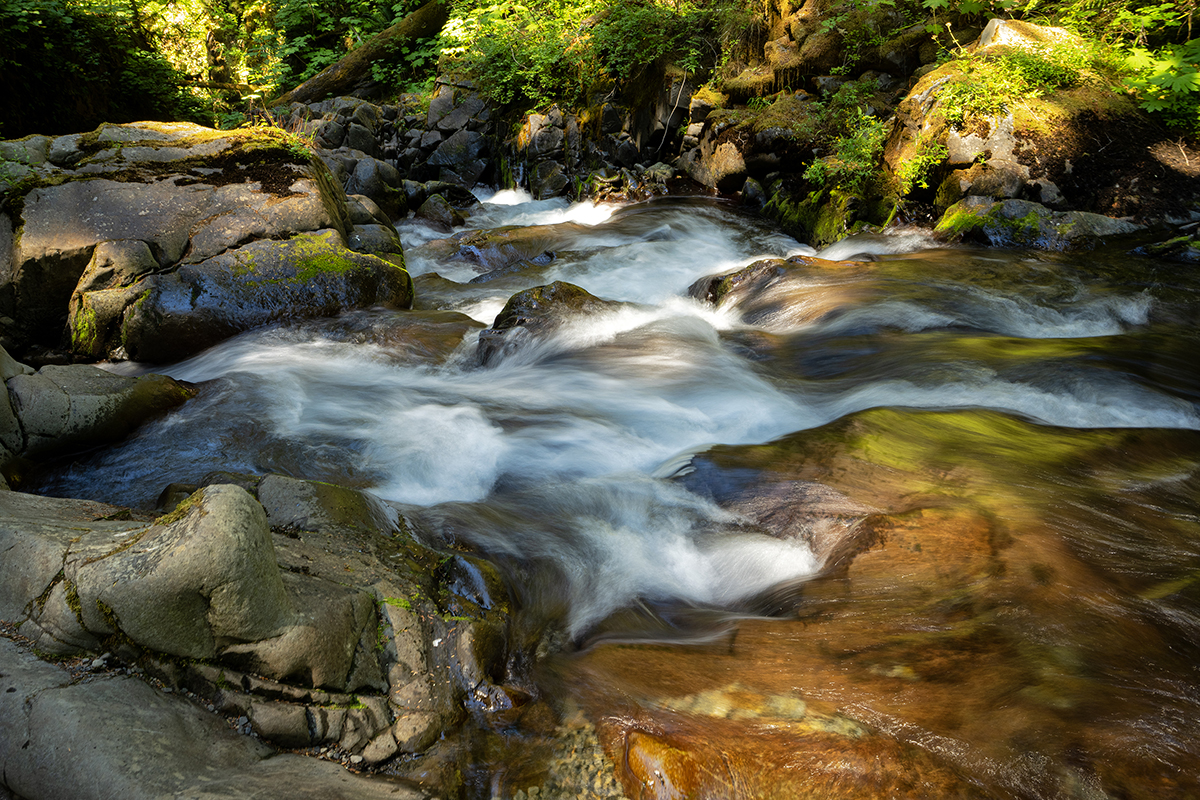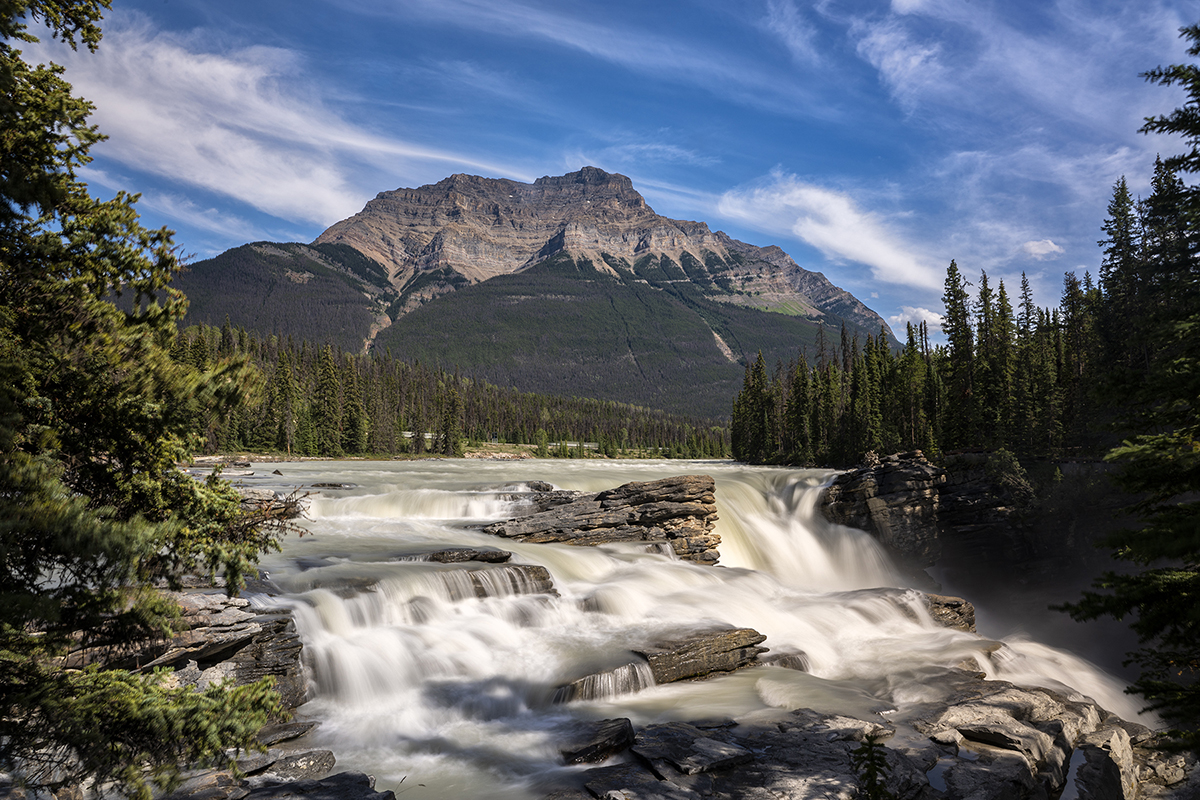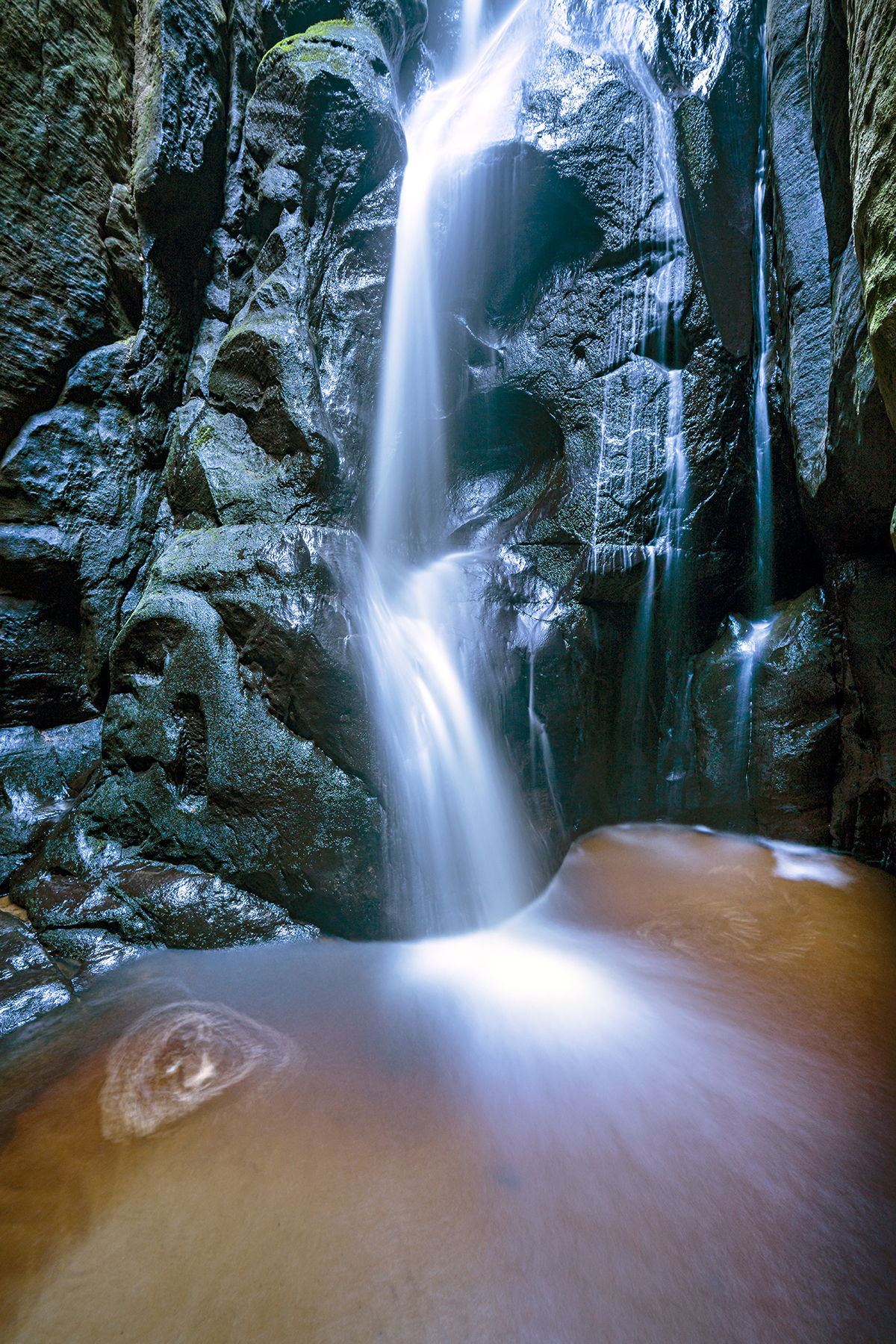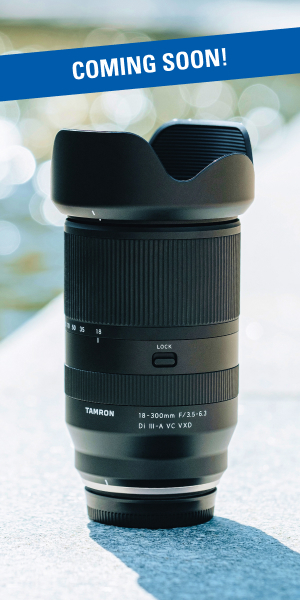Photographing moving water offers endless creative possibilities. From cascading waterfalls to flowing streams and crashing waves, water’s motion can transform a scene into something truly magical. Its movement adds life, direction, texture, and mood, making it a compelling subject for photographers of all levels.
In This Article, You Will Learn How To:
- Decide when to freeze water motion or create a dreamy blur
- Use shutter speed effectively to capture different water effects
- Choose and apply ND filters in bright conditions
- Compose with reflections, shapes, and leading lines
- Make the most of still and moving water scenes
TIP 1: How to Freeze or Blur Water Motion Using Shutter Speed

One of the most important skills in photographing water motion is knowing when to freeze or show the flow of the water.
- To freeze motion (ideal for crashing waves or splashes): use a fast shutter speed, generally 1/500s or faster.
- To blur motion (for soft, silky waterfalls or streams): use a slow shutter speed, typically between 1/4s to several seconds.
Pro Tip: Use burst mode when freezing motion to increase your chances of catching the perfect splash mid-air.
TIP 2: Best Shutter Speeds for Water Photography
Water behaves differently based on its speed and your distance from it. Use this quick guide:
| Water Type | Suggested Shutter Speed | Effect |
|---|---|---|
| Ocean Waves | 1/1000s (freeze) or 1/2s (blur) | Crisp action or dreamy flow |
| Waterfalls | 1/500s (freeze) or 1–5s (blur) | Details or silky motion |
| Streams/Rivers | 1/250s (freeze) or 1–3s (blur) | Texture or smooth movement |
| Rain or Droplets | 1/1000s+ | Isolated, sharp droplets |
TIP 3: Long Exposure Water Photography With ND Filters

Shooting in daylight with long shutter speeds can easily overexpose your images. That’s where Neutral Density (ND) filters come in.
- What ND filters do: They reduce the amount of light entering the lens, allowing you to shoot at slower shutter speeds even in bright conditions.
- Fixed vs. Variable ND filters: Fixed ND filters block a set amount of light, while variable NDs let you adjust intensity with a rotating ring.
Use Case: Shooting a waterfall at high noon? A 6- or 10-stop ND filter lets you use a slow shutter to create smooth, ethereal water trails—without blowing out your highlights.
Don’t forget your tripod—it’s essential for sharp long exposure shots.
TIP 4: Composing Your Water Photos for Maximum Impact

Water photography composition can dramatically improve when you use water’s motion to your advantage:
- Use leading lines created by flowing water to draw the viewer’s eye.
- Highlight shapes and shadows in the flow to create depth.
- Look for contrasting elements like rocks or bridges to anchor your composition.
- Frame reflections symmetrically for peaceful, balanced shots.
Pro Tip: When using slower shutter speeds, fast water may appear as white streaks—use these to naturally guide the eye across your frame.
5. Capturing Water Reflections and Stillness
Still water presents its own unique photographic opportunities. When water is calm—like after a storm or in the early morning—you can capture mirror-like reflections.
- Puddles in city streets can reflect architecture.
- Lakes and ponds reflect mountains, trees, and skies.
- Autumn leaves floating on water add color and texture.
Rain Bonus: After a rainstorm, look for puddles with clean reflections. Tilt your camera low to the surface for a more immersive effect.
Conclusion: Mastering the Art of Photographing Moving Water
Whether you’re capturing the intensity of a crashing wave or the serenity of a still pond, photographing moving water opens the door to creative storytelling. With the right shutter speed, filters, and eye for composition, you can transform everyday water scenes into captivating works of art.
Remember to:
- Choose your shutter speed based on the story you want to tell
- Use ND filters to shoot longer exposures in daylight
- Compose with motion, contrast, and reflections
- Practice in different lighting and water conditions
Keep experimenting—because water, in all its forms, never moves the same way twice.
Learn about Tamron lenses at an authorized Tamron dealer in your area or visit the TAMRON Store today.
More Photo Tips | Watch Videos | Learn More About Tamron Lenses | Photo Gallery

